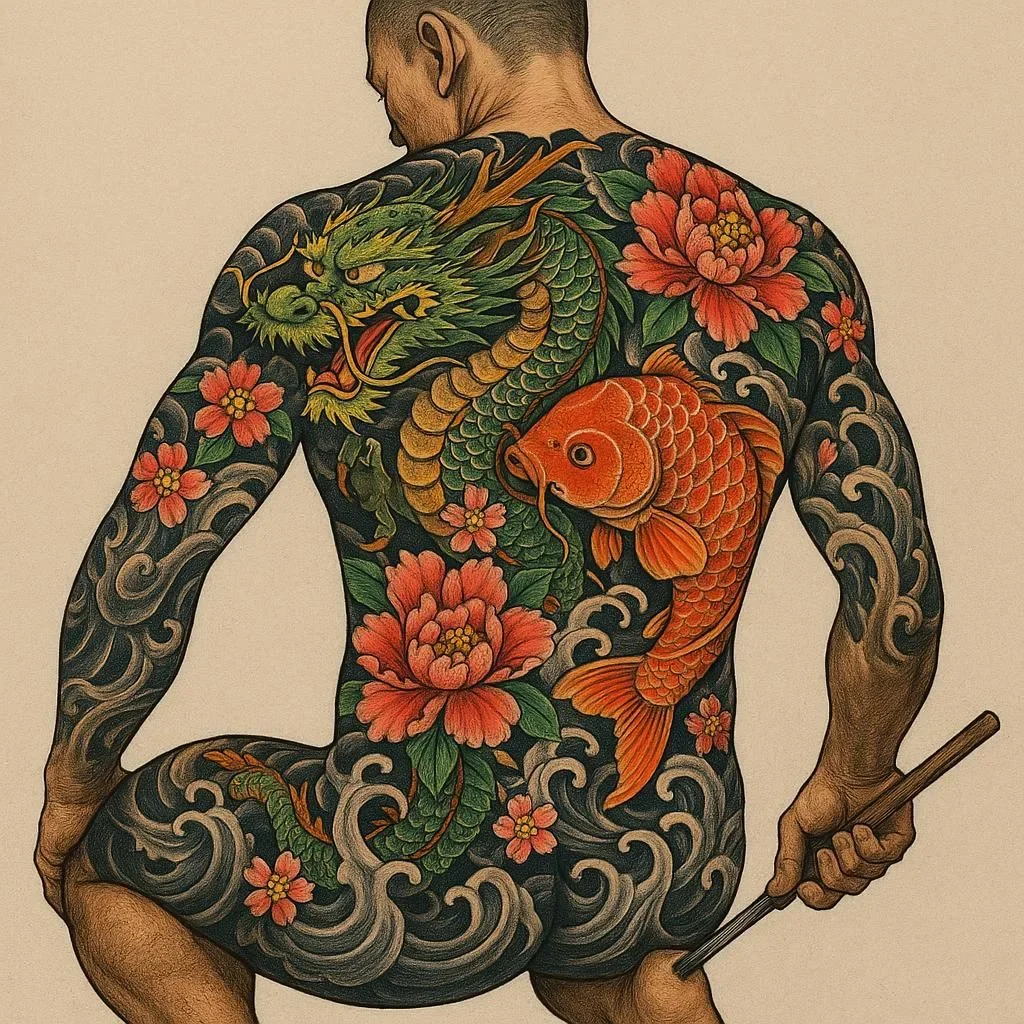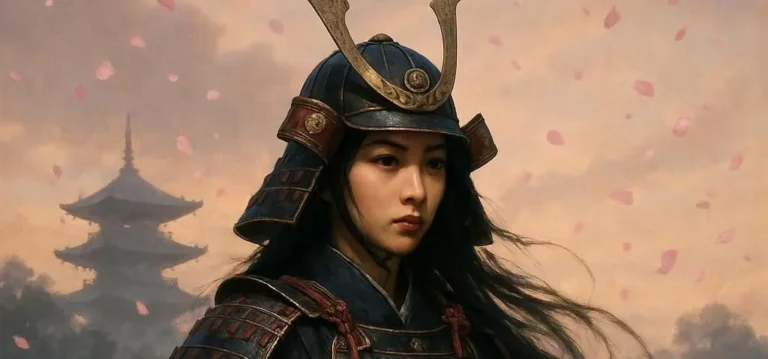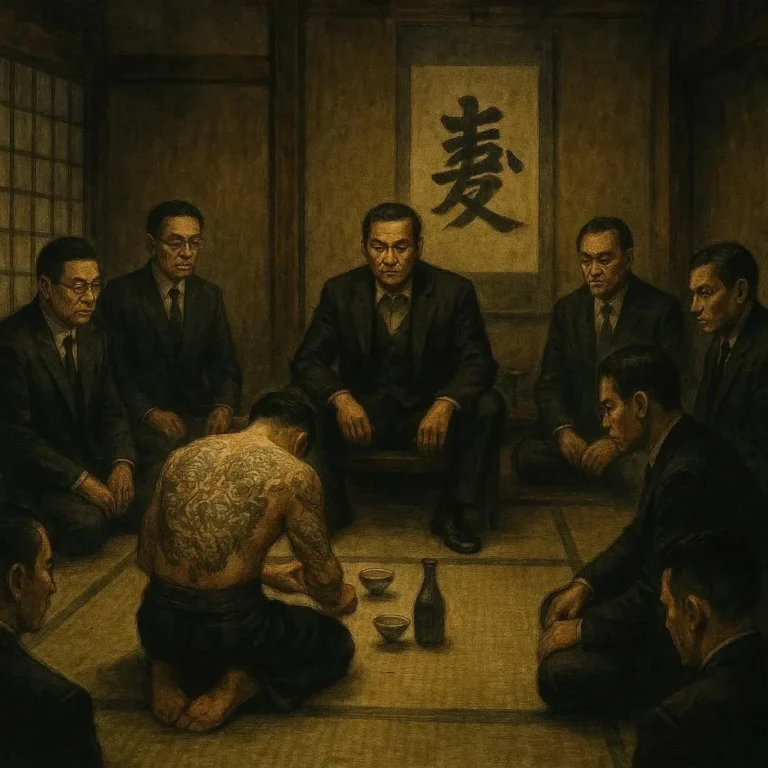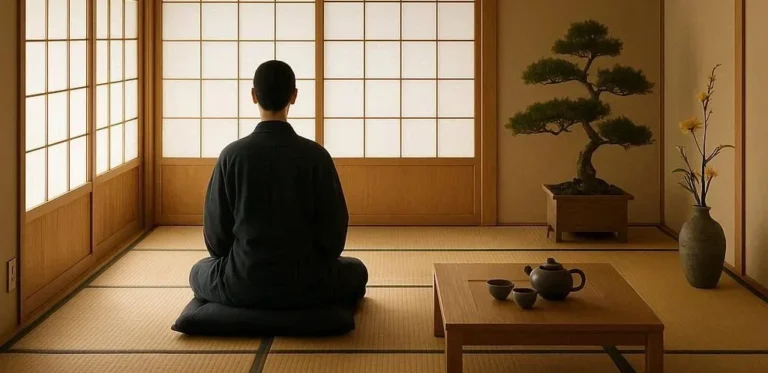504 views The Rise of the Samurai Class in Medieval Japan
is one of the most fascinating stories in world history. These warriors, known for their honor, discipline, and martial prowess, played a central role in shaping the political, social, and cultural landscape of Japan for centuries. The samurai class emerged during a time of great upheaval and transformation, and their influence endured long after the medieval period. In this blog post, we’ll explore the origins of the samurai, their rise to power, and their lasting legacy.
The Origins of the Samurai
The samurai class has its roots in the Heian period (794–1185 CE), when the imperial court ruled Japan. During this time, the emperor was the symbolic ruler, but real power was held by the aristocratic Fujiwara clan. The Fujiwara regents controlled the government, and their influence over the imperial court was unparalleled. However, as the Heian period progressed, the central government’s control over the provinces began to weaken. Provincial governors and local leaders, known as *daimyō* (feudal lords), gained increasing autonomy.
In response to the growing instability, the need for a professional military class arose. The samurai, originally called *bushi*, were warriors who served the daimyō and the imperial court. Their role was primarily to protect the estates of the aristocracy and maintain order in the countryside. These early samurai were skilled in both archery and sword fighting, and they adhered to a strict code of conduct that emphasized loyalty, courage, and honor.
The Gempei War and the Rise of the Samurai
The turning point in the rise of the samurai class came during the Gempei War (1180–1185), a brutal conflict between two powerful clans: the Taira (also known as the Heike) and the Minamoto. This war marked the end of the Heian period and the beginning of the Kamakura period (1185–1333), during which the samurai class solidified its position as the dominant force in Japanese society.
The Gempei War was fought over control of the throne, as both clans sought to place their preferred emperor in power. The Minamoto clan, led by Minamoto no Yoritomo, ultimately emerged victorious. Yoritomo, a brilliant military strategist and politician, established the Kamakura shogunate, the first warrior government in Japanese history. The shogunate was headquartered in Kamakura, a city on the eastern coast of Honshu, far from the imperial capital of Kyoto.
The establishment of the Kamakura shogunate marked the beginning of samurai rule in Japan. The shogun, or military dictator, held supreme authority over the country, while the emperor remained a symbolic figure. The samurai class, now the dominant force in Japanese politics, was organized into a hierarchical structure, with the shogun at the top and the daimyō and their retainers below.
The Kamakura Period and the Golden Age of the Samurai
The Kamakura period is often referred to as the “Golden Age” of the samurai. During this time, the samurai class codified its values and traditions, which came to be known as Bushido, the “Way of the Warrior.” Bushido emphasized discipline, loyalty, courage, and self-sacrifice, and it became the moral code that governed the behavior of samurai. The samurai were not only warriors but also scholars, poets, and administrators, and they played a key role in the cultural and intellectual life of Japan.
One of the most significant developments during the Kamakura period was the rise of the warrior-monks, known as *sōhei*. These monks, who were trained in both religious and military arts, were instrumental in protecting the great Buddhist temples of Japan. The sōhei were feared for their martial skills, and they played a significant role in several important battles, including the Gempei War.
The Kamakura period also saw the introduction of Zen Buddhism, which had a profound impact on the samurai class. Zen, with its emphasis on meditation, self-discipline, and the attainment of enlightenment through personal effort, resonated deeply with the samurai. Many samurai became followers of Zen, and the philosophy influenced their approach to both warfare and daily life.
The Decline of the Kamakura Shogunate
Despite their power and influence, the Kamakura shogunate faced significant challenges in the late 13th century. One of the most serious threats came from the Mongol Empire, which invaded Japan in 1274 and again in 1281. The Mongols, under the leadership of Kublai Khan, launched two massive naval invasions of Japan, but both attempts were repelled by a combination of bad weather and fierce resistance from the samurai.
The Mongol invasions, known in Japan as the *Kōan-Wakō* or *Genkō*, had a profound impact on the samurai class. The invasions demonstrated the strength and resilience of the samurai, but they also exposed weaknesses in the Kamakura shogunate. The cost of defending against the Mongols was enormous, and the shogunate was forced to impose heavy taxes on the population, leading to widespread discontent.
The final blow to the Kamakura shogunate came in 1333, when Emperor Go-Daigo, who had been deposed by the shogunate, launched a successful rebellion. The emperor was able to rally support from powerful daimyō and samurai who were dissatisfied with the shogunate’s rule. The rebellion, known as the *Kenmu Restoration*, led to the overthrow of the Kamakura shogunate and the restoration of imperial rule, albeit briefly.
The Ashikaga Shogunate and the Warring States Period
The Kenmu Restoration was short-lived, and power soon shifted back to the samurai class. In 1336, Ashikaga Takauji, a powerful daimyō and general, established the Ashikaga shogunate, which ruled Japan for nearly 150 years. The Ashikaga period was marked by constant warfare and political instability, as the shogunate struggled to maintain control over the country.
The most tumultuous period in Japanese history during the Ashikaga shogunate was the *Sengoku Jidai*, or “Warring States period” (1467–1603). During this time, Japan was plunged into nearly a century of civil war, as daimyō and samurai clans fought for power and territory. The Sengoku Jidai was characterized by constant battle, political intrigue, and the rise of powerful warlords such as Oda Nobunaga and Toyotomi Hideyoshi.
Despite the chaos of the Warring States period, the samurai class continued to thrive. The samurai were the backbone of the armies that fought on behalf of the daimyō, and their martial skills and strategic genius were tested in countless battles. The period also saw the development of new military tactics, including the use of firearms, which were introduced to Japan by Portuguese traders in the mid-16th century.
The Unification of Japan and the Decline of the Samurai
The Sengoku Jidai came to an end in 1603, when Tokugawa Ieyasu established the Tokugawa shogunate, which ruled Japan for over 250 years. The Tokugawa period marked the end of the samurai’s dominance in Japanese politics, as the shogunate imposed strict controls on the daimyō and the samurai class.
Under the Tokugawa shogunate, the samurai were transformed from a warrior class into a bureaucratic elite. Many samurai were employed as administrators and officials, and they played a key role in the governance of Japan. However, the samurai’s role as warriors became increasingly symbolic, as the Tokugawa shogunate maintained a strict policy of isolationism (*sakoku*) and there were few opportunities for military glory.
The decline of the samurai class was accelerated by the arrival of Commodore Matthew Perry and the American fleet in 1853, which forced Japan to open up to the West. TheMeiji Restoration of 1868 led to the abolition of the samurai class and the modernization of Japan’s military. The samurai were replaced by a conscript army, and their privileges and stipends were abolished.
Legacy of the Samurai
Despite their decline as a ruling class, the samurai have left a lasting legacy in Japanese culture and society. The values of Bushido, the samurai code, continue to influence Japanese business practices, education, and sports. The samurai’s emphasis on discipline, loyalty, and self-discipline is still admired and emulated today.
The samurai’s legacy can also be seen in Japan’s rich literary and artistic traditions. The stories of samurai heroes, such as Miyamoto Musashi and Yagyū Munenori, are still celebrated in literature, film, and theater. The samurai’s influence can also be seen in martial arts such as karate, judo, and kendo, which have gained popularity around the world.
Conclusion
The rise of the samurai class in medieval Japan was a remarkable phenomenon that shaped the course of Japanese history. From their origins as provincial warriors to their rise as the dominant force in Japanese politics, the samurai played a central role in the medieval period. Their values, traditions, and legacy continue to be felt in Japan and around the world today.
The story of the samurai is a testament to the power of discipline, loyalty, and determination. Their history offers valuable insights into the complexities of human nature and the enduring importance of honor and integrity. As we reflect on the rise of the samurai class, we are reminded of the profound impact that a single group can have on the course of history.






